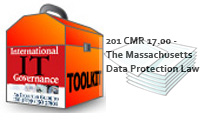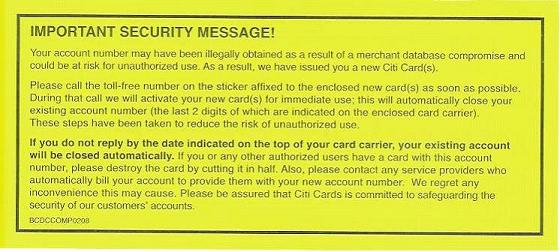RT.com
Gang members, sex and drug convicts, and more were accidentally released from California state prisons after computer software designed to reduce prison numbers encountered a glitch.
Around 450 dangerous inmates were let go unsupervised onto the streets of California, the state’s inspector general confirmed.
A glitch in software lead to prison officials accidentally releasing “high risk of violence” inmates from jails as opposed to low risk inmates set for release to elevate the crowded prison system.
In addition, over 1000 inmates deemed high risk for drug and property offenses were also mistakenly released.
The information comes after the US Supreme Court upheld a lower decision and ordered California to alleviate prison overcrowding by releasing prisoners or building more prisons. The decision gives State prison officials only two years to cut the 143,335 prisoner count by around 33,000 either by reductions, new programs outside of prisons or constructing new prisons within the state.
According to Renee Hansen, a spokesperson for the California inspector general, no attempts have been made to find or return the former inmates to prison or at least place them on supervised parole.
The computer error placed all of those who were released on ‘non-revocable parole’ which means they do not have to report to parole officers. It also means they are free to live their lives and can only be sent back to jail if they are caught committing a new crime.
The software was not designed to be discretionary based on the history of inmates and issues releases without consideration to their crimes or their risk of re-offending. It uses a database of arrests that does not correlate information regarding convictions and the facts surrounding a case.
Effective Physical Security, Third Edition





![Reblog this post [with Zemanta]](https://img.zemanta.com/reblog_e.png?x-id=a3168449-b81f-45c3-8b23-5ed61d6b8845)


![Reblog this post [with Zemanta]](https://img.zemanta.com/reblog_e.png?x-id=c0f0d90e-bec6-4fb0-8cc1-da10b6d29d91)

![Reblog this post [with Zemanta]](https://img.zemanta.com/reblog_e.png?x-id=9f925ef4-f878-4862-8d25-1401b5ee1189)



